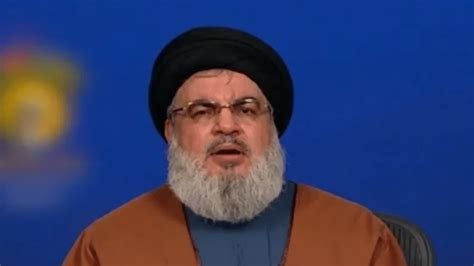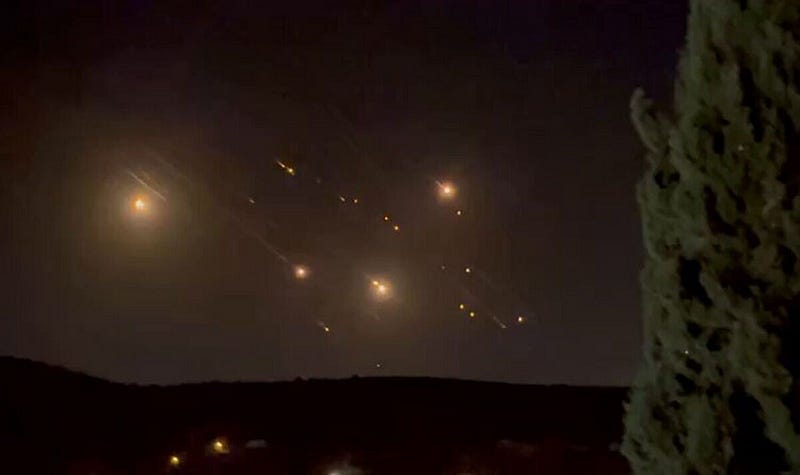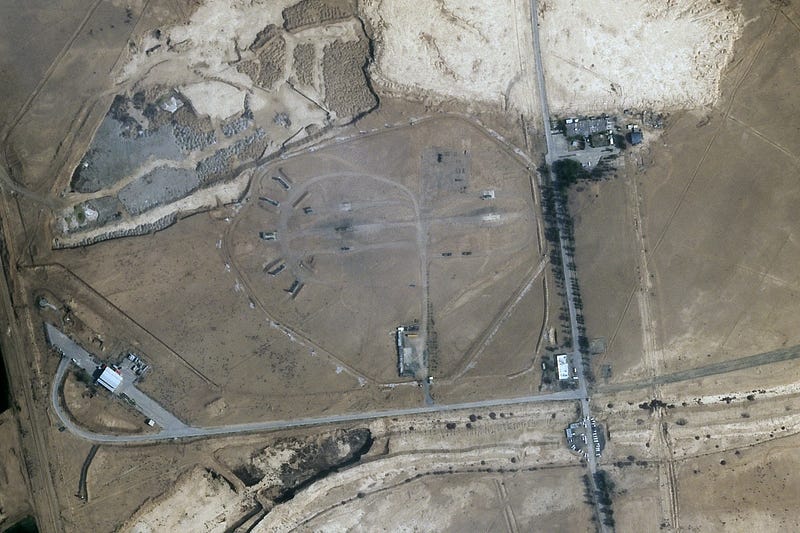Introduction:
Over the past 3 weeks, Israel has been dealing multiple heavy blows to Iran-backed group Hezbollah, which is recognized by several states as a terror organization. Hezbollah is a part of Iran’s network of proxies (Hezbollah in Lebanon, Hamas in Gaza, and the Houthis in Yemen) that do the dirty work for the Ayatollah’s regime. These groups are supplied with missiles and other weaponry that they have used to threaten Israel, Saudi Arabia, the USA, and other countries with the goal to spread the revolution. With these blows, Iran is now on the backfoot in Lebanon. Its most favoured proxy is now in flux. It has lost its communication and its experienced and battle-hardened leadership. In response, Iran launched 200 missiles in the second such strike of the year. This now leaves the questions:
How does Israel plan to retaliate on Iran?
What’s next for Hezbollah?
Backdrop:
On the 27th of September, Hezbollah’s Secretary General, Nasrullah was confirmed dead in an Israeli air strike on Hezbollah headquarters in South Beirut.

This came amidst a series of high profile assassinations of Hezbollah’s Top Command. It also comes in the aftermath of a major decapitation strike on the middle command of Hezbollah through the infiltration and explosion of pagers and walkie-talkies used by the group for communications. Another major blow was dealt when Israel wiped out the 17 High Ranking Commanders of the Radwan Force in another airstrike on September 20. These attacks have left Hezbollah in shambles. Other groups would now be looking to absorb members and local support for Hezbollah into their own ranks. The lower command has been left in disarray. To top it all off, the Israeli Defense Forces launched a ground offensive into Southern Lebanon to take out and push Hezbollah North of the Litani River, if not completely destroy it. In retaliation, Iran launched about two hundred ballistic missiles on Israeli cities.

This is very similar to the attack launched earlier this year on the 14th of April. A majority of these missiles were shot down. Last time, Israel’s retaliation was to launch a missile on Isfahan, which is an important military-industrial center for Iran, with missile production being based here. It also houses 4 nuclear research facilities, that were interestingly donated by China several years ago. It was a clear message that Israel could target important centers in Iran. The assassination of Ismail Haniyeh in Iran in July 2024 also demonstrated the on-ground intelligence and capabilities that Israel possesses in Iran. Israel has, once again, vowed to retaliate. It seems, this time Israel might land a decapitation strike on the Iranian High Command, namely the clergy and institutions like the IRGC, the same way Israel landed a decapitation strike on Hezbollah.
Israel’s plan for retaliation:
Israel has a very strong network within both Hezbollah and Iran, which gives them capabilities to pull off operations like the pager and walkie talkie attacks. Its modus operandi for retaliation is to carry out pin-point attacks on certain military targets that are of strategic significance. It can be assumed that Israel will target Iran’s UAV and Missile Manufacturing centers. The damage that this can cause to the Ayatollah regime’s weapons supplies to its proxies is immense and understated. Israel is less inclined to target nuclear sites due to concerns of nuclear fallout. It will also target Iran’s Nuclear Scientists to stop Iran’s Nuclear Weapons Programme. Israeli Policy has, as a rule, been very carefully calibrated and measured to achieve strategic aims and neutralize threats. Here, Israel has a wide range of targets to choose from. Iranian facilities are dispersed across the vast stage and a lot of the more important ones are probably underground, which cannot be targeted quite easily by missiles. To target such a facility, Israel would have to activate its on-ground network. Israel’s response will come sooner rather than later, simply because Russia’s S-300 Air Defense System has been spotted in Iran.

The S-400 is likely to be offered soon, in return for Iran’s drone technology. Each system deployed reduces the chance of a successful strike.
Israel will focus on taking down Iran’s missile and drone production capacity to prevent a similar large-scale attack on its territory. Iran’s strategy seems to be firing large numbers of missiles and drones on Israel that its Iron Dome, David’s Sling, and Arrow systems run out of interception missiles.
What is next for Hezbollah?
Hezbollah has now lost most of its experienced members and higher command members. This means that the group is left without any leader and is likely to lose funding support and membership to other groups in Lebanon. To salvage whatever it can, Iran will now have to depute personnel from the IRGC to lead the remnants of the group. However, this might look like foreign interference and will push the other communities of Lebanon to prevent Iran from sending said personnel. The other alternative is to train lower-level members of Hezbollah and let them rise to lead the group again. This, however, will take several years and divert a lot of resources away from Iran’s other activities. Either way, Iran is in a conundrum now without any easy way out. Hezbollah also risks letting a less careful, more brash individual rise through the ranks which is either a most profitable opportunity for Israel to take down the group, or the biggest danger that it faces in a very long time.
Conclusions:
Israel’s blows to Hezbollah have undone the work and investments that Iran spent decades and billions of dollars on. It has presented an opportunity for Lebanon to finally get rid of the organization that has a stronger military than the country itself. For years Lebanon had been paying for Hezbollah’s misdeeds, amidst a marathon of crises that the country has been reeling under. Iran is now on the backfoot and is faced with a situation where has to make some very difficult choices. These choices will cost it several years at the very least. Had it been a movie, it would have been quite a spectacle to watch.



